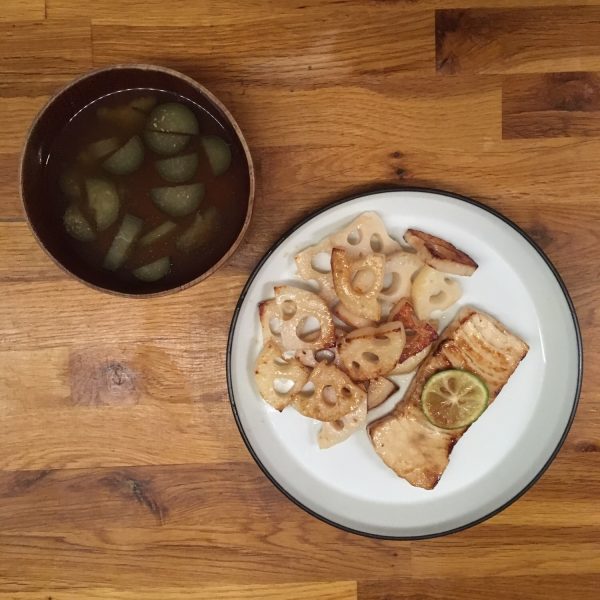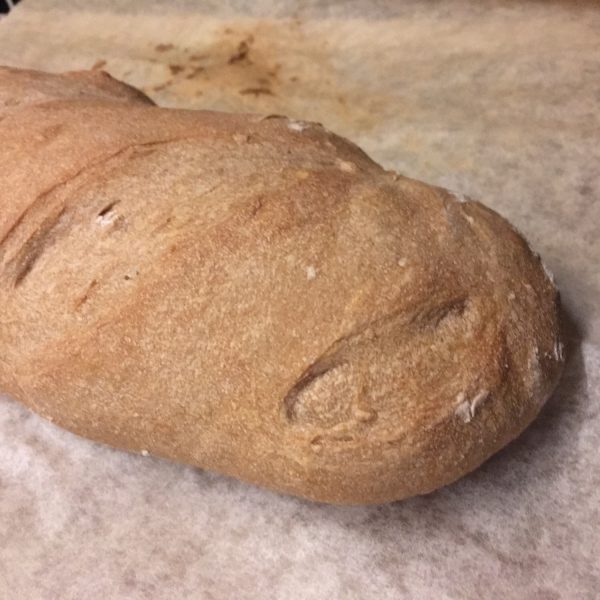When I travel for more than two days I usually manage at some point to have access to a kitchen so that I can cook a bit wherever I am. Whether I rent a place with a kitchen or I do a kitchen take over at some friends’ place. I like to cook the local and seasonal products, and also to have homemade meals with just the right preparation and the right size. But sometimes this is not possible and I feel miserable! This trip to Toronto is one of these. I stay the whole week at a hotel without access to a kitchen… and without the time to shopping in a nice grocery store. My schedule was too busy for that and I only could shop at the 24-7 nearby grocery store with fruits coming from wherever it is… So I am craving for homemade fresh and local food. Of course I am a master of in-room food preparation. Before traveling I often search for the hotel nearby grocery stores or farmers markets, preferably the one with local products and arrange my schedule to have a chance to visit them. I always travel with a super good multipurpose Sicilian knife that can be used for anything from fruit peeling to bread cutting, and I often prepare food in my room. Indeed, the first thing I do when I arrive in a hotel is to get geared: I ask room service for a kettle, one or two plates and cutlery and it all usually comes with proper clothes to be used as kitchen clothes, but they never have good knifes.
As usual I did my homework and had a list of places to go visit upon arrival, but it was without counting that I arrived on Thanksgiving day and the many places I wanted to visit were almost all closed. So that dramatically limited my access to food resources. Not to add that Ontario may have a large variety of fruits and vegetables in the summer but when fall arrives, apples are pretty much the only local fruit available and the beautiful season of mushrooms and pumpkins requires a cooking range or some more elaborated equipment. Anyway… I managed to survive I guess…
Though my working program was quite intense with very little free time, I managed to have breakfast at a place I discovered last time I was in Toronto, where they have a delicious spice chai: Hot Black Coffee, and delicious muffins, with also plenty of vegan options, and to check out a place that everyone was talking about: Momofuku. I could see it Momofuku from the hotel elevator on my way to the pool every morning but didn’t know what it was (I first thought it was a daifuku place!!!). But it was on everyone’s mouth…
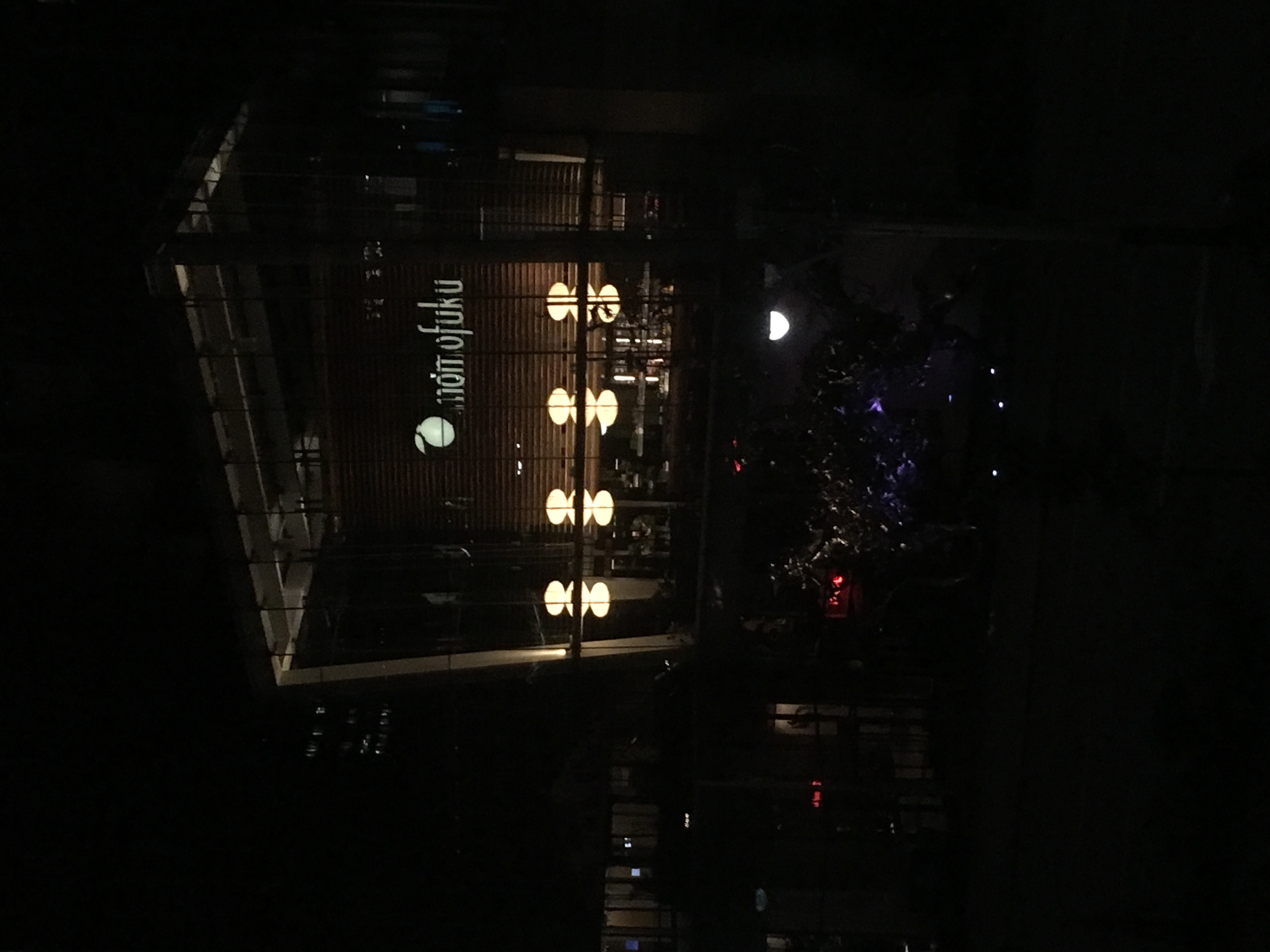
For those like me who don’t know, Momofuku is a branch restaurant of very popular NY chef Wang, that specializes in Asian fusion and in particular in noodles/ramen (kind of reminded me of the movie You’ll always be my maybe). The Toronto branch has a noodle bar and a high-end restaurant. I didn’t have time for the high-end. Knowing that I only had ramen once before with fish broth because I don’t like the pork-chicken… broth, I am not an expert in ramen, so eating some fusion ramen is not a blasphemy to an institution for me but I can understand that some purists may be shocked by some of the combinations proposed on the menu. I took some vegetarian noodles, with pumpkin (now or never!) and cheese. This was definitely an inventive combination! But not an uninteresting one… In any case, the restaurant itself was a very nice bright space quite enjoyable.
Now I’m heading back home to my kitchen and you can’t imagine how happy I am to have a long weekend to cook and bodyboard! The simple idea of making pancakes for breakfast while A. prepares his coffee rejoices me!

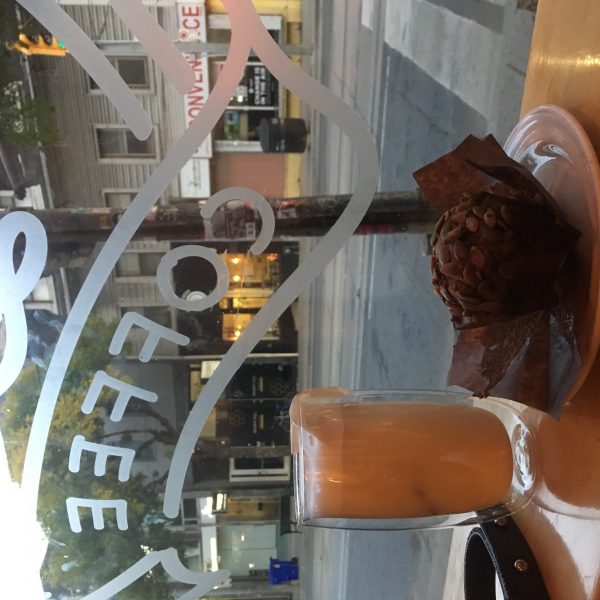
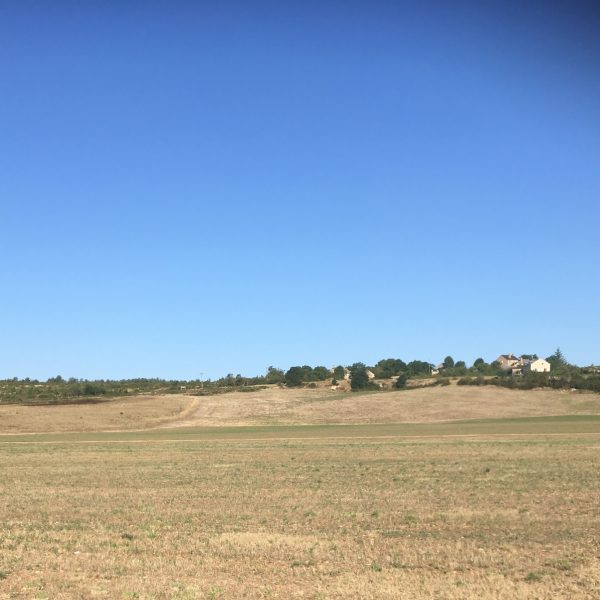
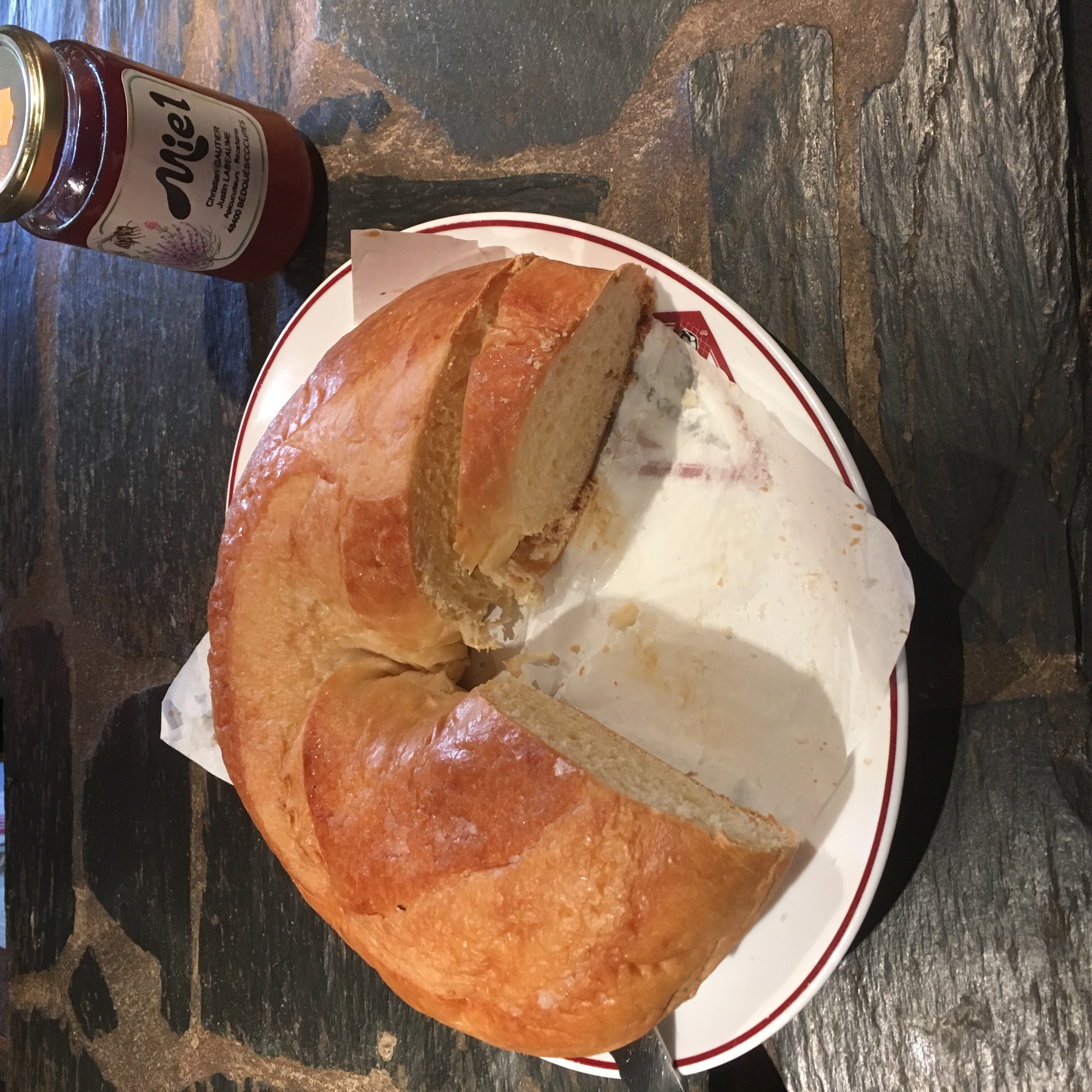

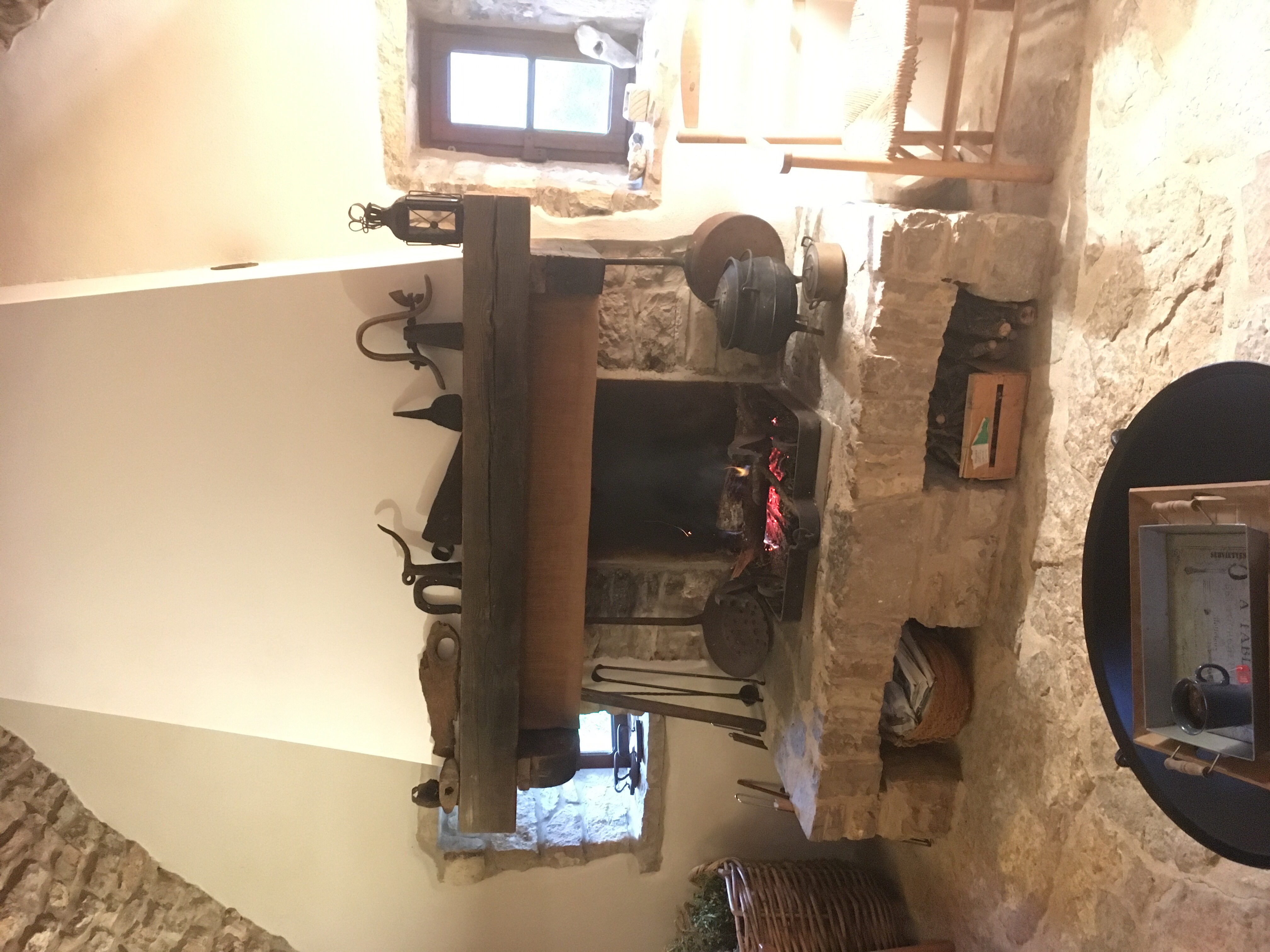
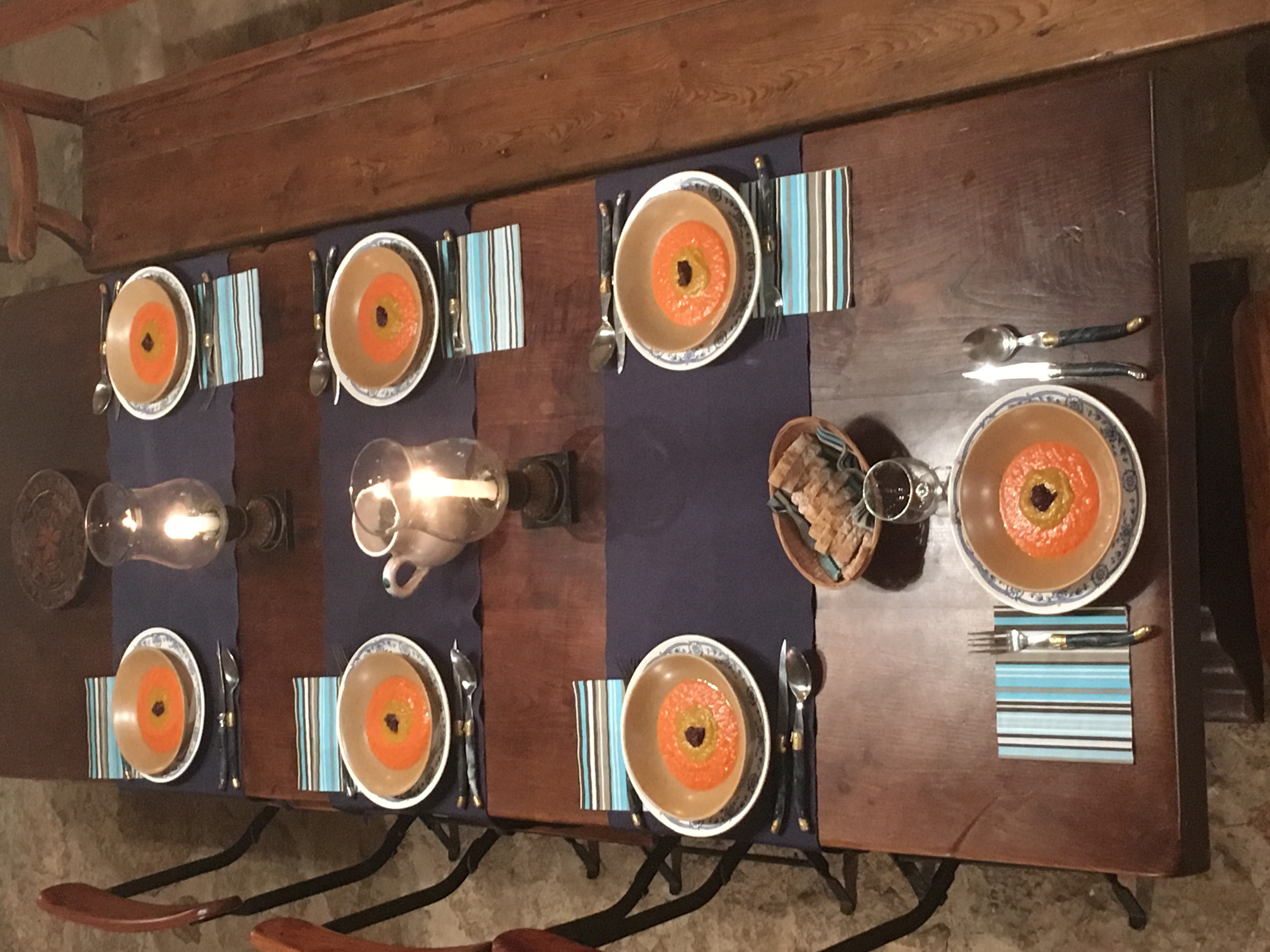



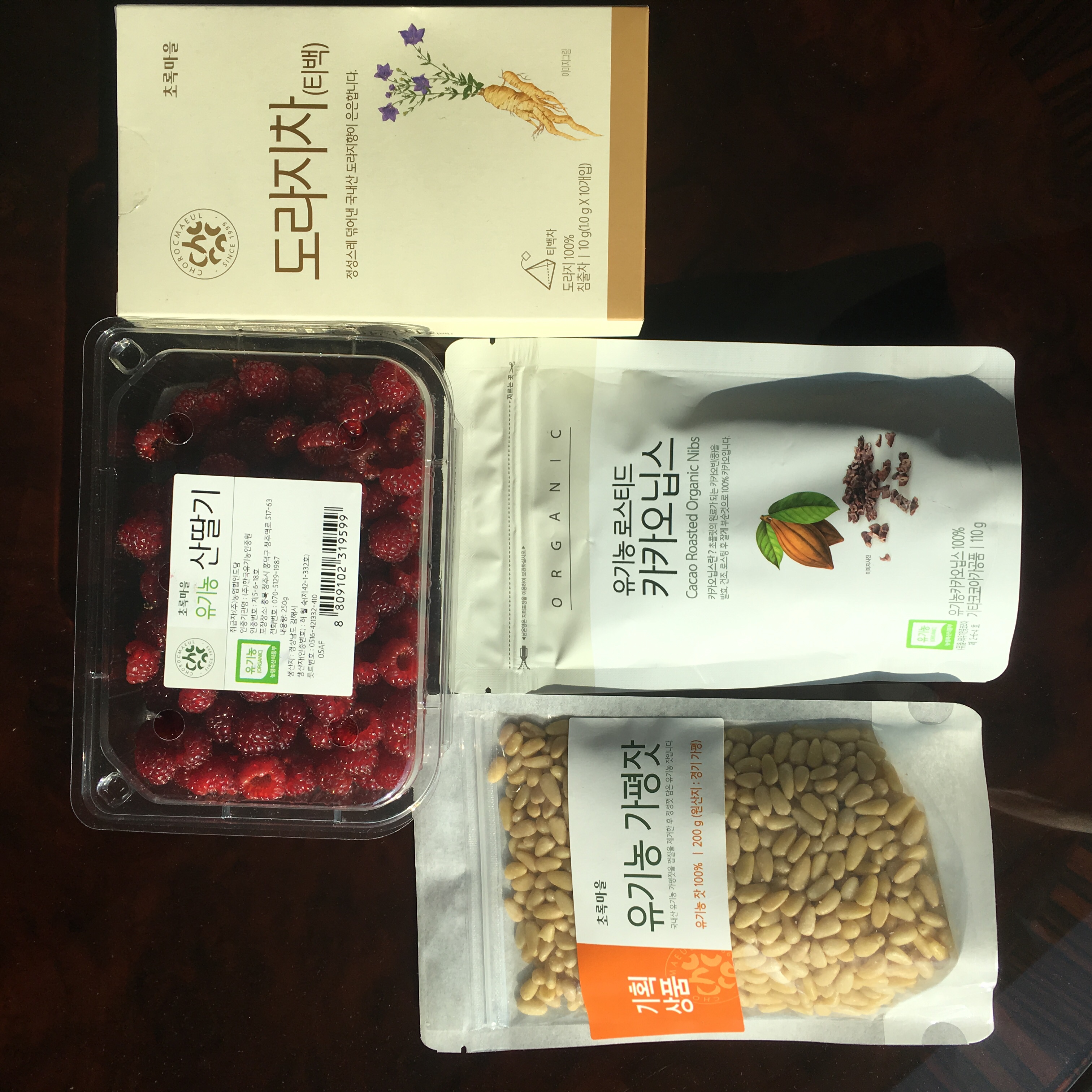
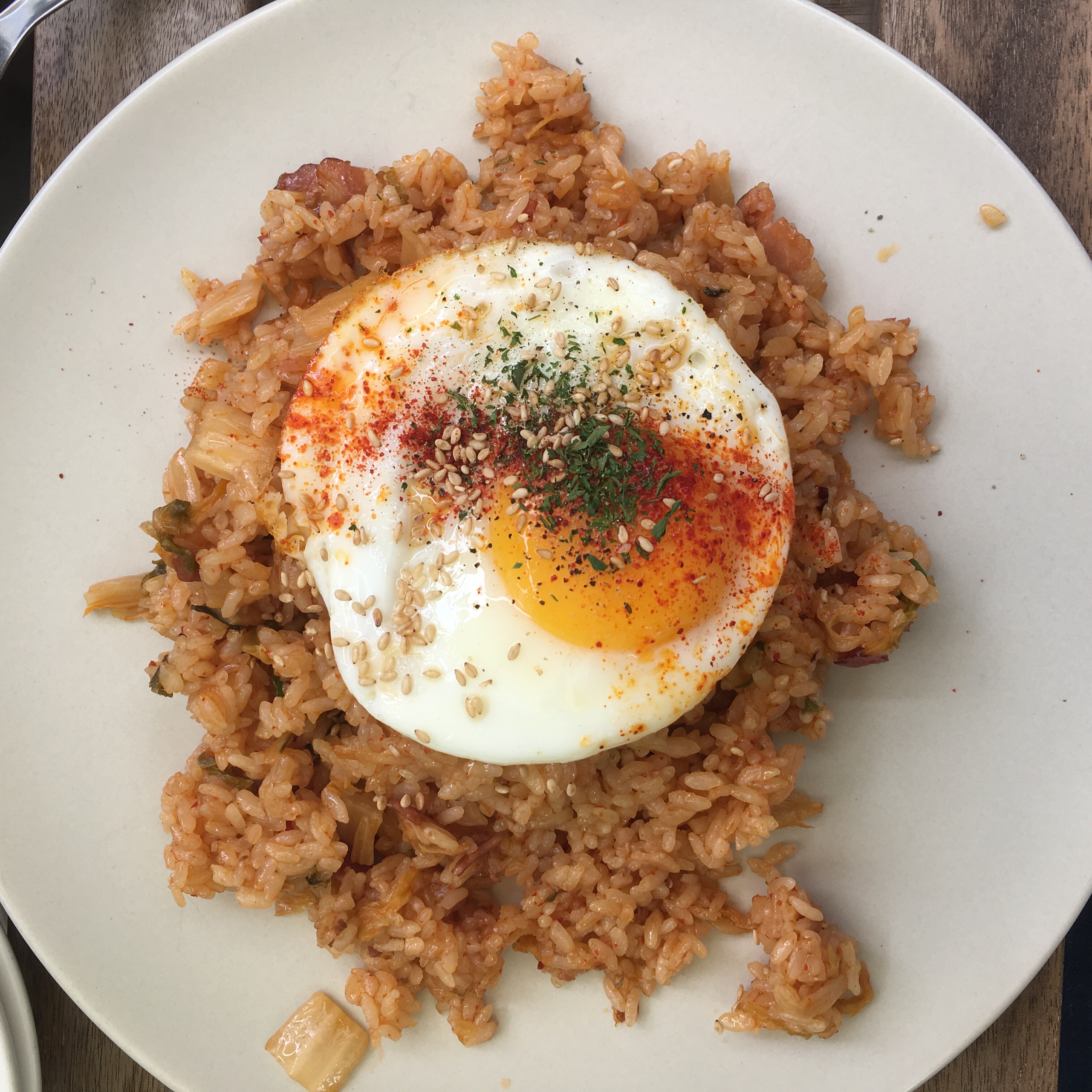
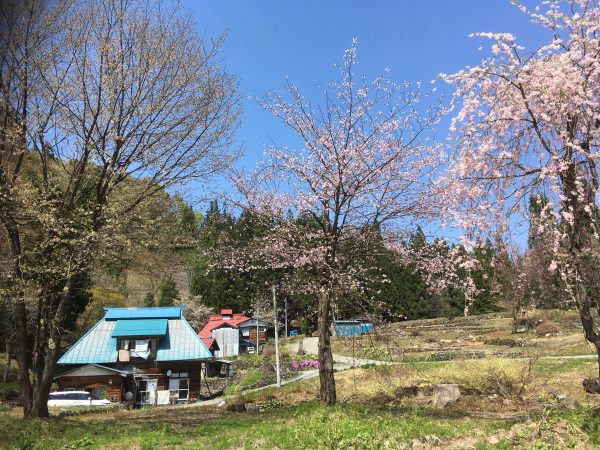

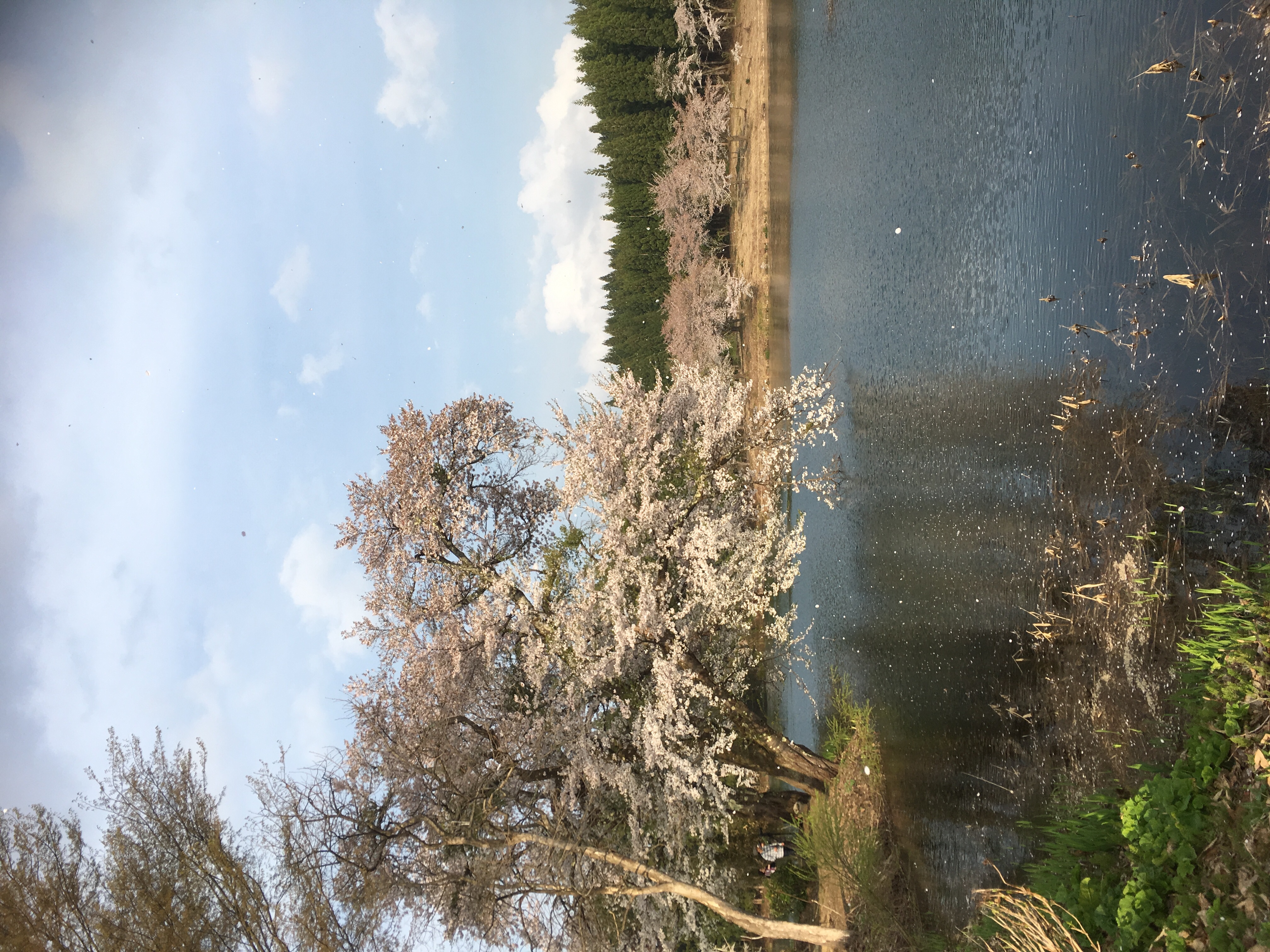
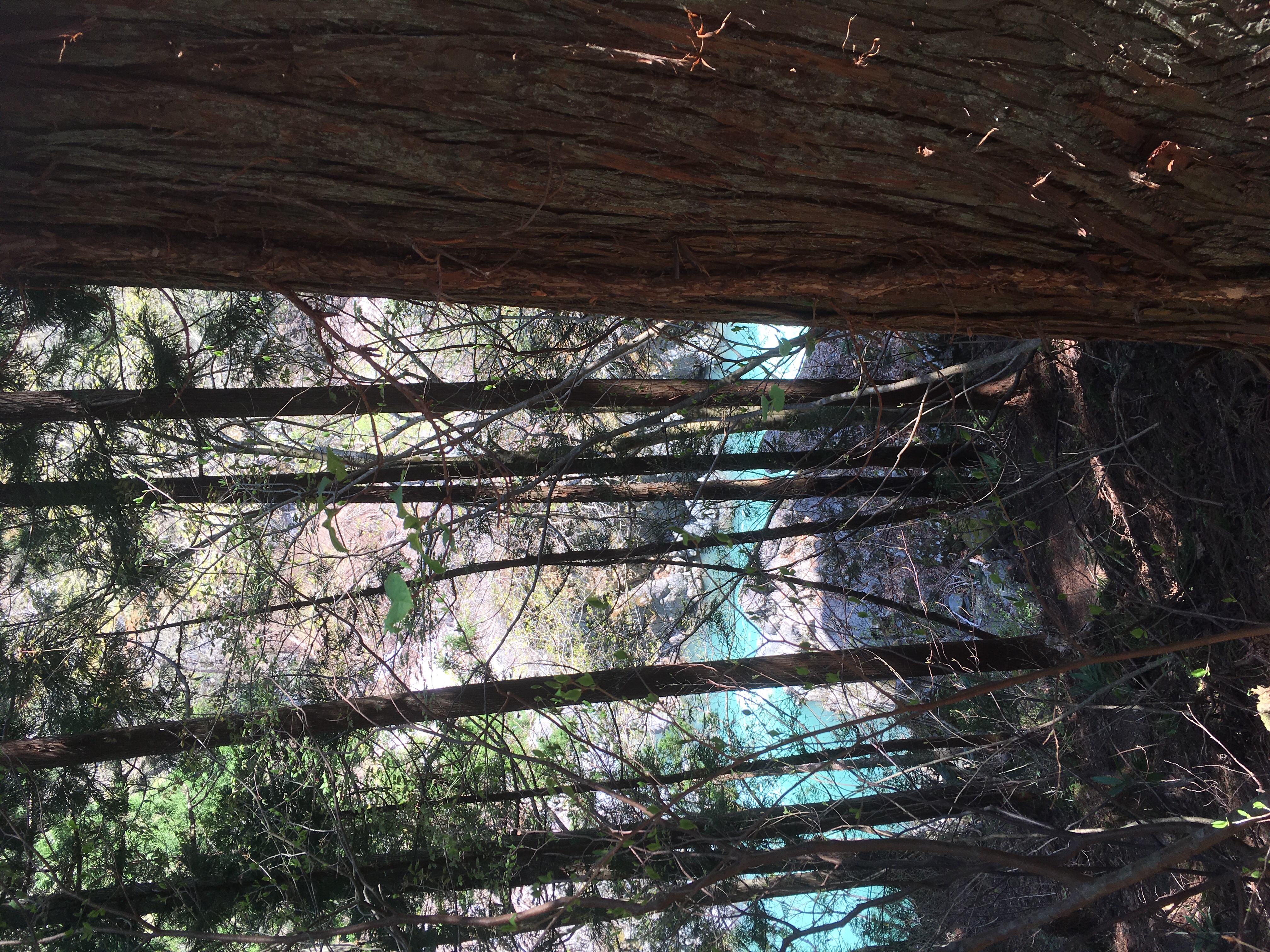
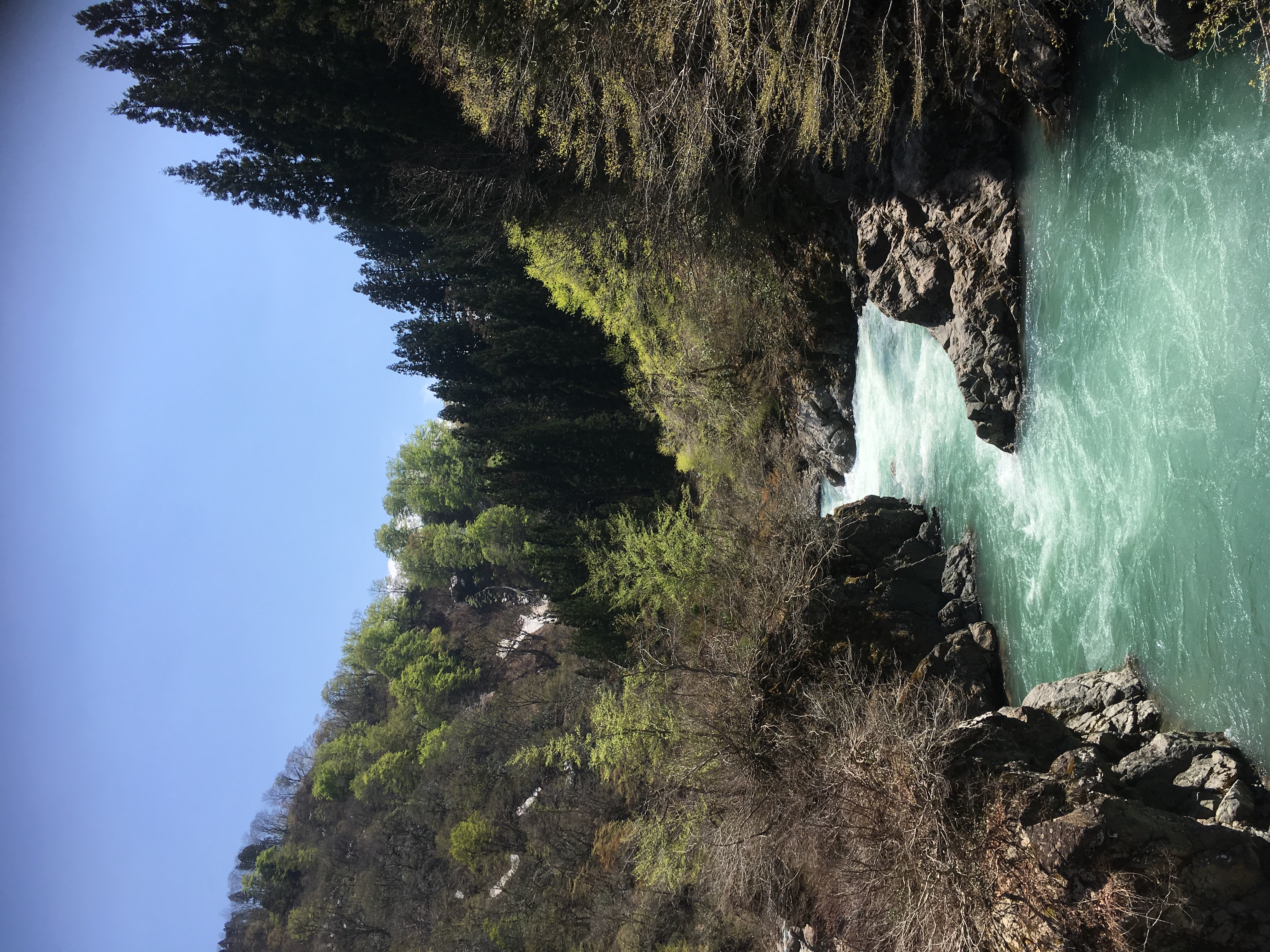
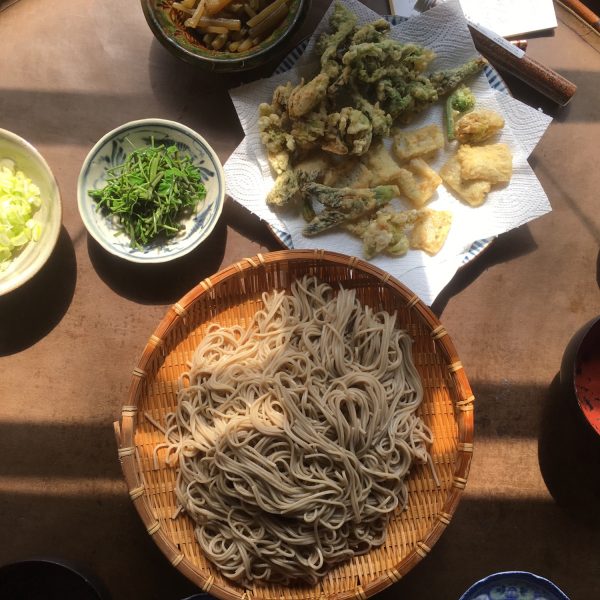
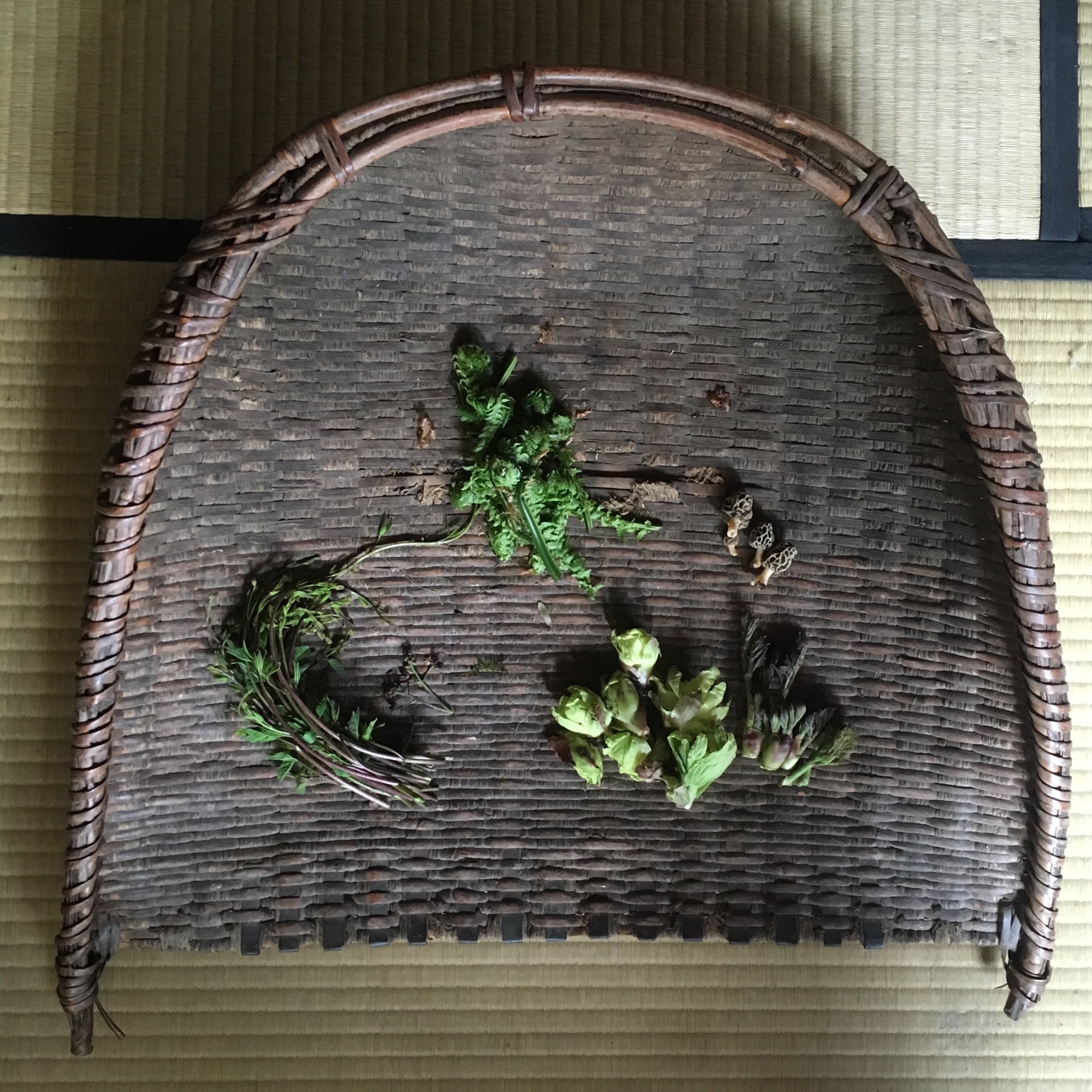
 This little white flower can be easily found everywhere. Always take those that have no pollen. For preparation see
This little white flower can be easily found everywhere. Always take those that have no pollen. For preparation see  They are easy to spot, easy to pick and super easy to cook. I find them as easy to prepare than wild asparagus: in omelets, with pasta… they are really the simplest of the sansai and the more accessible in terms of flavor and texture.
They are easy to spot, easy to pick and super easy to cook. I find them as easy to prepare than wild asparagus: in omelets, with pasta… they are really the simplest of the sansai and the more accessible in terms of flavor and texture. They grow at the head of wood sticks. The one in the picture is a little young and they need to have a few leaves out. These ones are really delicious in tempura and require little handling.
They grow at the head of wood sticks. The one in the picture is a little young and they need to have a few leaves out. These ones are really delicious in tempura and require little handling.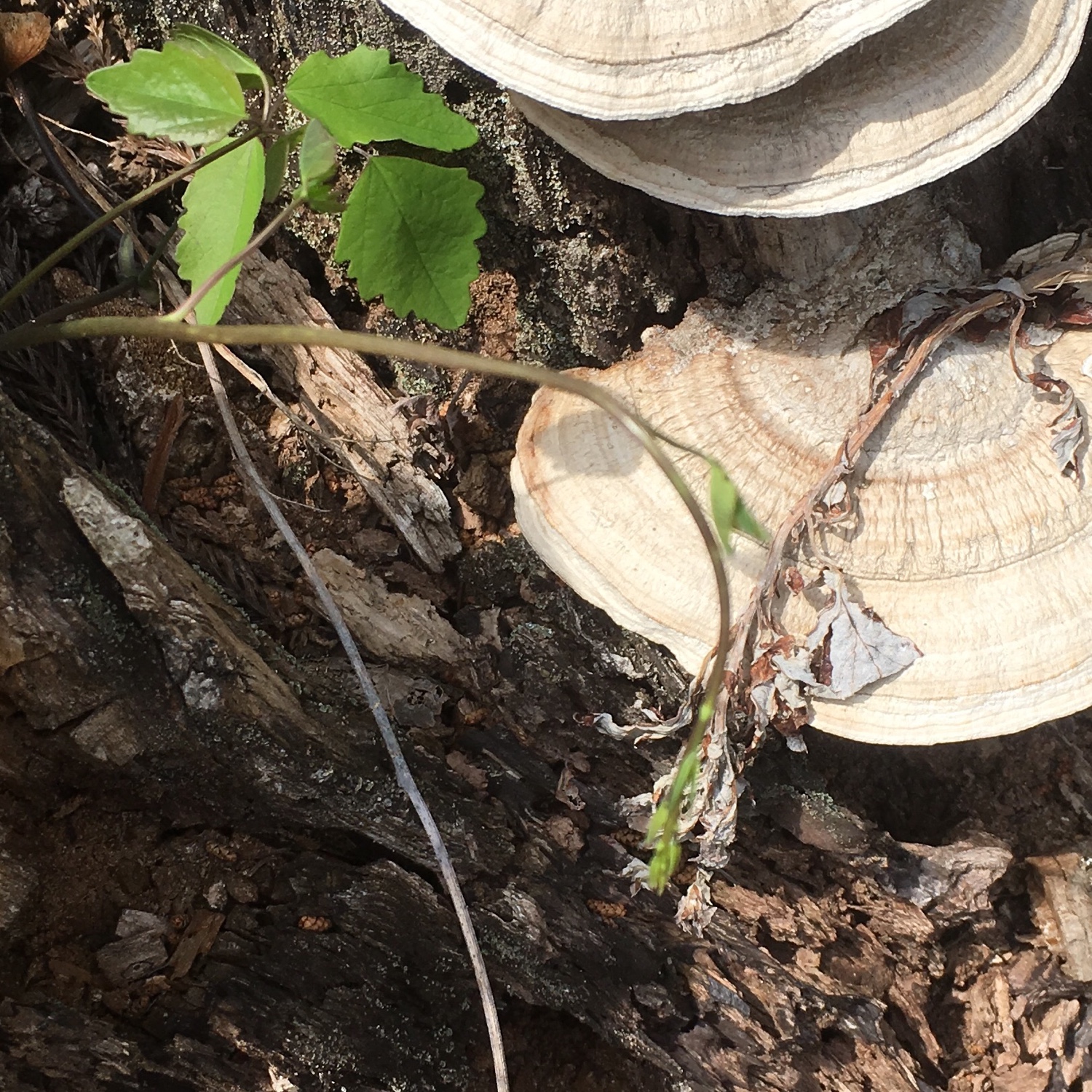 This little green sprout that grows in the midst of other trees sprouting is the hardest to find, but once you’ve spotted a tree, easily recognized by its leaves, it is easy to find the sprouts. Washed and eaten raw, or cook, it is fresh and crunchy.
This little green sprout that grows in the midst of other trees sprouting is the hardest to find, but once you’ve spotted a tree, easily recognized by its leaves, it is easy to find the sprouts. Washed and eaten raw, or cook, it is fresh and crunchy. In the mountain fukinoto grow right after a patch of snow has melted. So spot a patch of snow, and look at the edges. They are best when just sprouting. They can be as big as a ping pong ball. There taste is very strong and specific. Probably the most difficult to accommodate and cook of all. See
In the mountain fukinoto grow right after a patch of snow has melted. So spot a patch of snow, and look at the edges. They are best when just sprouting. They can be as big as a ping pong ball. There taste is very strong and specific. Probably the most difficult to accommodate and cook of all. See 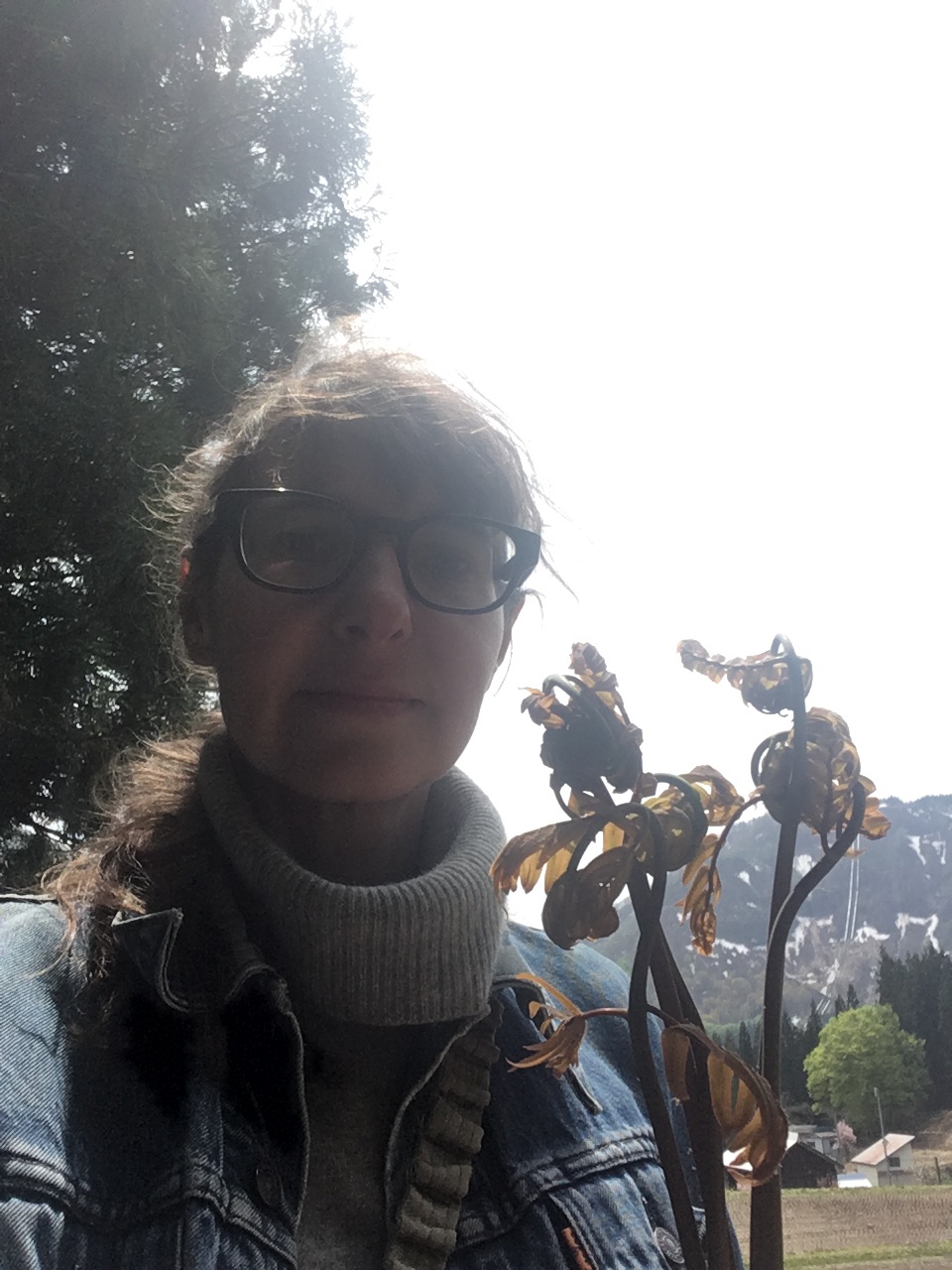
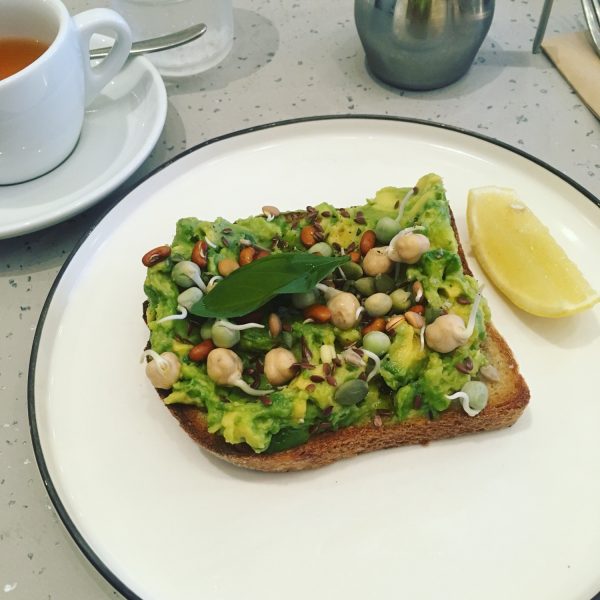
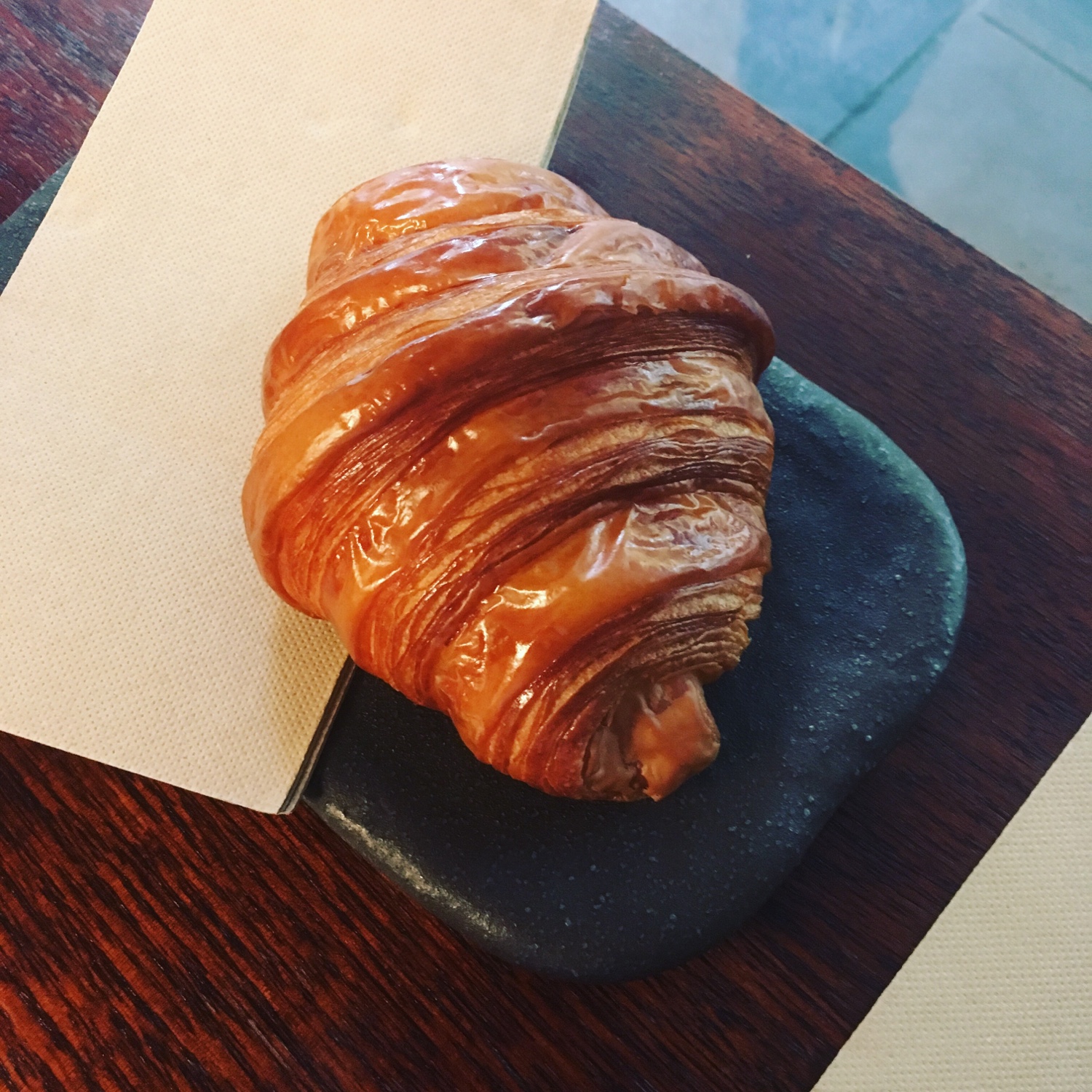

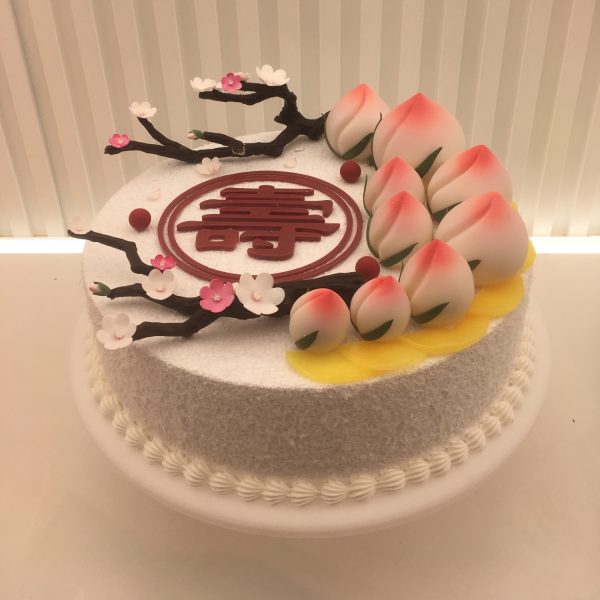
 Add this to waking up in a smoggy city with air quality quite alarming made me ask myself unformulated questions about this giant gap between ultra-urban areas and rural areas. Not that rural areas are free of pollution… the river cleaning we did a few weeks ago showed me how much farmers destruct their surroundings by being careless and lazy. And I think carelessness and laziness are really two keywords for me that represent very well our societies. Being so careless that in the end you can’t breath the air around you seems unbelievable to me but that’s what it is in Chinese big cities and I do believe that it is not only China… society has decided it’s better to consume more of an electricity produced by coal rather than breathing normal air. Looking always first at serving a purpose that I cannot understand, up to a point where cities are becoming unlivable just revealed to me my misunderstanding of the world I live in, the gap between the ideals I believe in and a certain urban reality.
Add this to waking up in a smoggy city with air quality quite alarming made me ask myself unformulated questions about this giant gap between ultra-urban areas and rural areas. Not that rural areas are free of pollution… the river cleaning we did a few weeks ago showed me how much farmers destruct their surroundings by being careless and lazy. And I think carelessness and laziness are really two keywords for me that represent very well our societies. Being so careless that in the end you can’t breath the air around you seems unbelievable to me but that’s what it is in Chinese big cities and I do believe that it is not only China… society has decided it’s better to consume more of an electricity produced by coal rather than breathing normal air. Looking always first at serving a purpose that I cannot understand, up to a point where cities are becoming unlivable just revealed to me my misunderstanding of the world I live in, the gap between the ideals I believe in and a certain urban reality.
